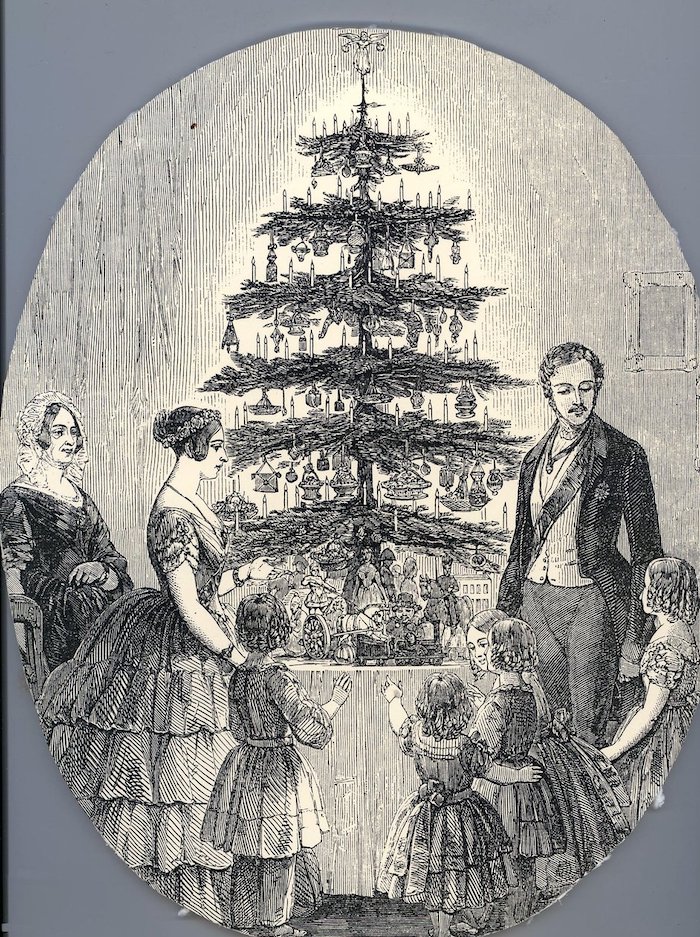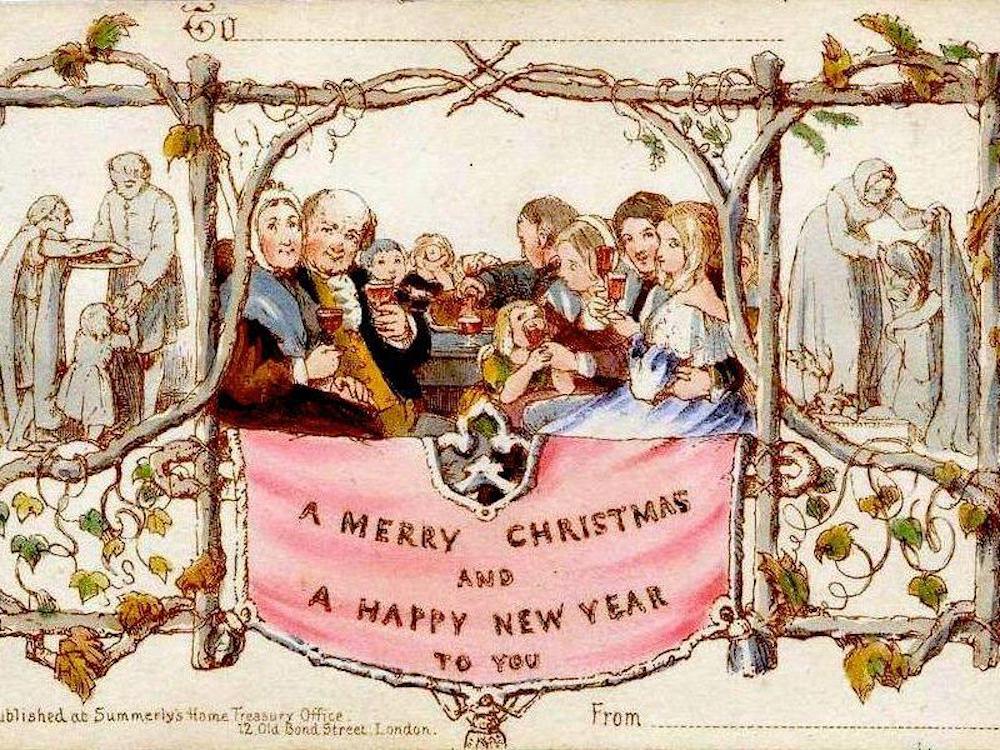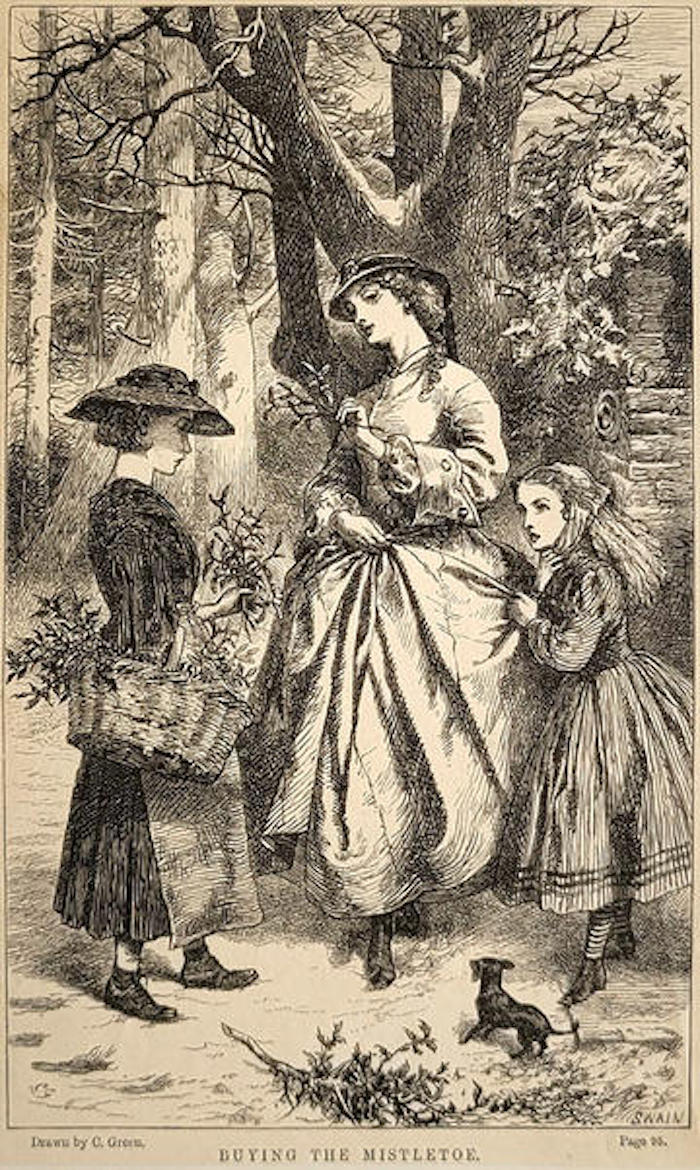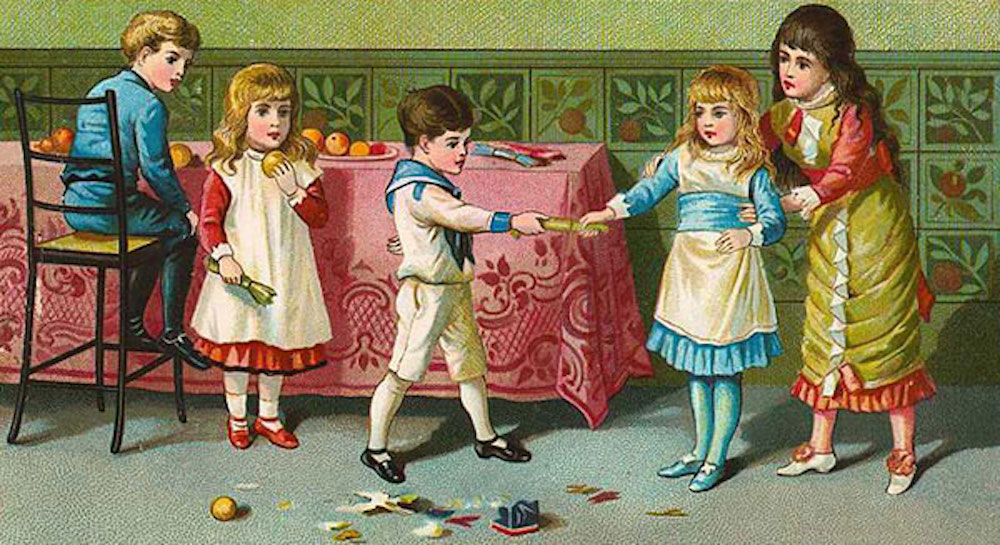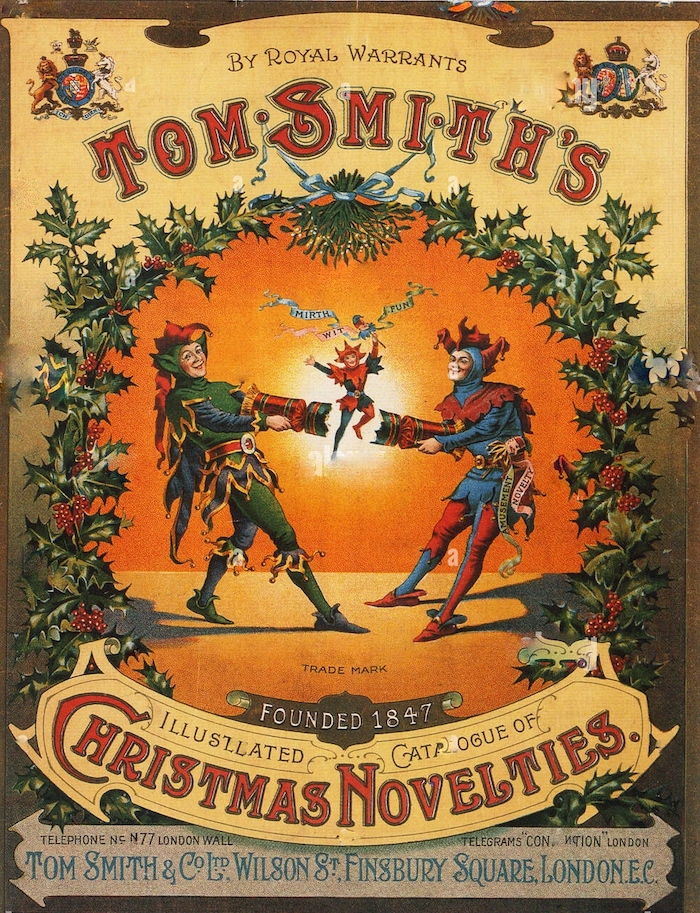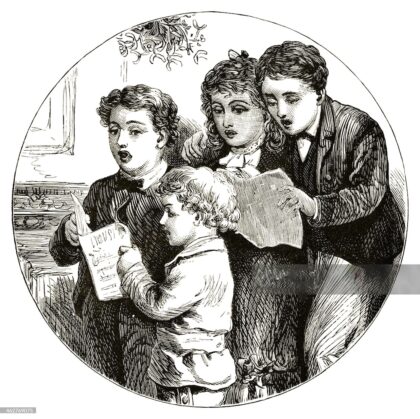“Music is a mistress of order and good manners [who] makes the people milder and gentler, more moral and more reasonable.”
Martin Luther King, Jr.
There seems to be a controversy over the suspicion that Nero fiddled while Rome burned. Some say it was propaganda released by his enemies. Others say it’s true, representing Nero’s cruel disregard for his people.
That catchphrase about fiddling while Rome burned might be the earliest one I remember. In either case, lie or truth, it has a nice ring to it. Whoever came up with it deserves an Oscar or whatever it is they award to advertising copywriters for catchy slogans like “you’ll wonder where the yellow went when you brush your teeth with Pepsodent.” Or “Brylcreem, a little dab will do ya, Brylcreem, the girls will all pursue ya.” Or “Just Do It.” Fiddling while Rome burns is right up there.
That phrase came ringing into my ears recently when a person who was very disturbed by the Constitutional crisis being perpetrated by the current Administration’s apparent blatant disregard for the rule of law called asking for help. She was very disturbed, not always successfully fighting off tears, and said she was dealing with serious depression.
After reminding her it only raises havoc with one’s sensibilities to become frantic over things one can’t control — a logical but not very useful suggestion to a disturbed person — I had to think about how I was dealing with the daily shovels full of manure that were being carelessly heaved into the giant fan that has been installed in the White House garden where roses once bloomed. And there it was: fiddling.
Music has been a vital part of my life since I started taking piano lessons at age 8. I remember liking a song on the radio called Tonight We Love, and asking my father if he could find the record. He knew the fellow who ran the music store. Dad came home with a recording of a piece by some Russian guy with the unpronounceable name of Pyotr Ilyich Tchaikovsky. It was called the 1st Piano Concerto in B-flat minor, Opus 23, whatever that meant. I figured my father had blown it. Fathers aren’t cool when you are ten years old.
I decided to play it anyway, what the heck and it changed my life. I still believe it’s one of the greatest pieces ever written. I must have listened to it 50 times since then, and it never gets old, never ceases to be emotionally stirring. And sure enough, Tonight We Love is in there, the songwriter having borrowed one of the 1st Piano’s most powerful themes and written lyrics to it. Some nerve. But that’s how I found it.
Tchaikovsky’s 1st Piano led me to his Swan Lake masterpiece and all the rest. It also generated a more intense application to the piano. I never got very good, but it is still marginally satisfying. I took music courses in college, developing a great affection for Brahms, Wagner, Chopin, Beethoven, Rachmaninov, Bruch, and Richard Stauss, among others. That helped when I interviewed the late conductors Seiji Ozawa (Boston Symphony) and Herbert von Karajan (Berlin Philharmonic). It was on the Ozawa project when I sat before the Boston Symphony’s powerful Director of Artistic Planning, a man with exhaustive knowledge of the repertoire who had a lot to say about the programs the orchestra played. His question of who my favorite composer was hung in the air while I summoned my courage to say Tchaikovsky. I hesitated, then apologized for my “top 40” response. This learned gentleman just produced a thin smile and said that Tchaikovsky is top 40 for good reason.
But I digress. Back to my friend asking for help. I shared with her how I was planning to get through this dark period in our history. I read a certain amount of news each day, keeping up with the depredation of the government – the unmitigated dismantling of departments and agencies created by Congress — because it feels like a responsible thing to do. But in this time when I find the new music unhummable, more like digitized noise accompanied by a sweaty presentation that looks more like an athletic workout than dancing, my pleasure – my life, my attitude – are gratefully enriched by revisiting the great music of the past.
It’s a very deep well, widely varied for all tastes. It’s not just classical.
Little Richard, Fats Domino, Chuck Berry, Bo Diddly, and a few others got rock ‘n roll started. Elvis made it personal. The Beatles and the Stones took it mass market, and The Eagles, Linda Ronstadt, Harry Nilsson, Leon Russell, Creedence Clearwater, Aretha Franklin, Ray Charles, Otis Redding, Bob Dylan, The Band, Mick Jagger, Elton John, Joe Cocker, Jimmy Hendrix, Count Basie, Jackson Browne, Randy Newman are just part of a very long list of incredibly talented musicians and their bands who elegantly hybridized it. And there’s Gospel, R&B, Country and Western, musicals, etc. Not to mention the array of inspired composers and artists from the 1940s, when romance – “Falling in love with love” — was a popular theme. Take your pick.
Just browsing Facebook one can encounter a bursting cornucopia of accomplished players (like Tuba Skinny), and a score of stunning, very young prodigies. And singers Kelli O’Hara and Lady Gaga. MacCartney 3-2-1 is an uplifting video series. On the beyond-brilliant side, we’re lucky to have rare videos (YouTube) available of the late pianist Erroll Garner and brand new ones of Joscho Stephan from the Gypsy Guitar Academy, both of them playing music at a level that’s hard to believe is possible.
Fiddling. Maybe Nero just needed a break.
Music from the past provides a welcome distraction from the dissonance currently coming out of our nation’s capital. While it won’t quite override the racket, the great music is a reminder that our species can be impressively and beautifully creative as well as mean-spirited and greedy.
That’s a useful thing to remember.
Roger Vaughan, a Massachusetts native, began writing, photographing, playing music, and sailing at a young age, pursuits that shaped his lifelong career. After earning a BA in English from Brown University, he worked as an editor and writer for Saturday Evening Post and Life magazines, covering major cultural events of the 1960s and 70s. His first book, The Grand Gesture (1973), launched a prolific freelance writing career. He’s written more than 20 books, including numerous biographies, films, and many videos. Since 1980, Vaughan has lived on Maryland’s Eastern Shore, where he continues his work documenting remarkable individuals and events.









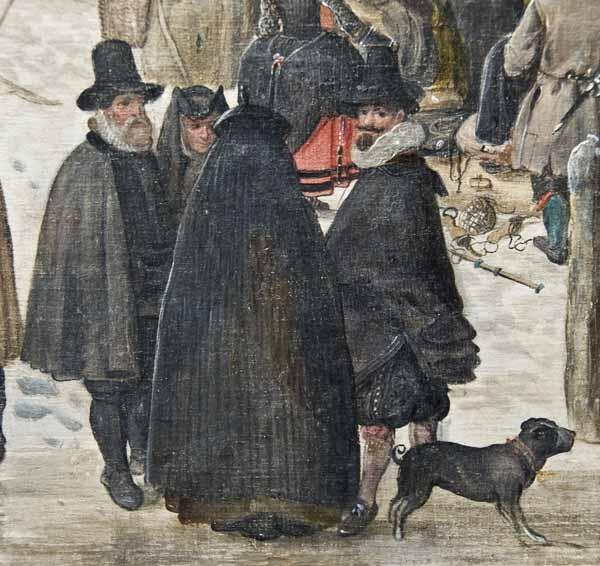




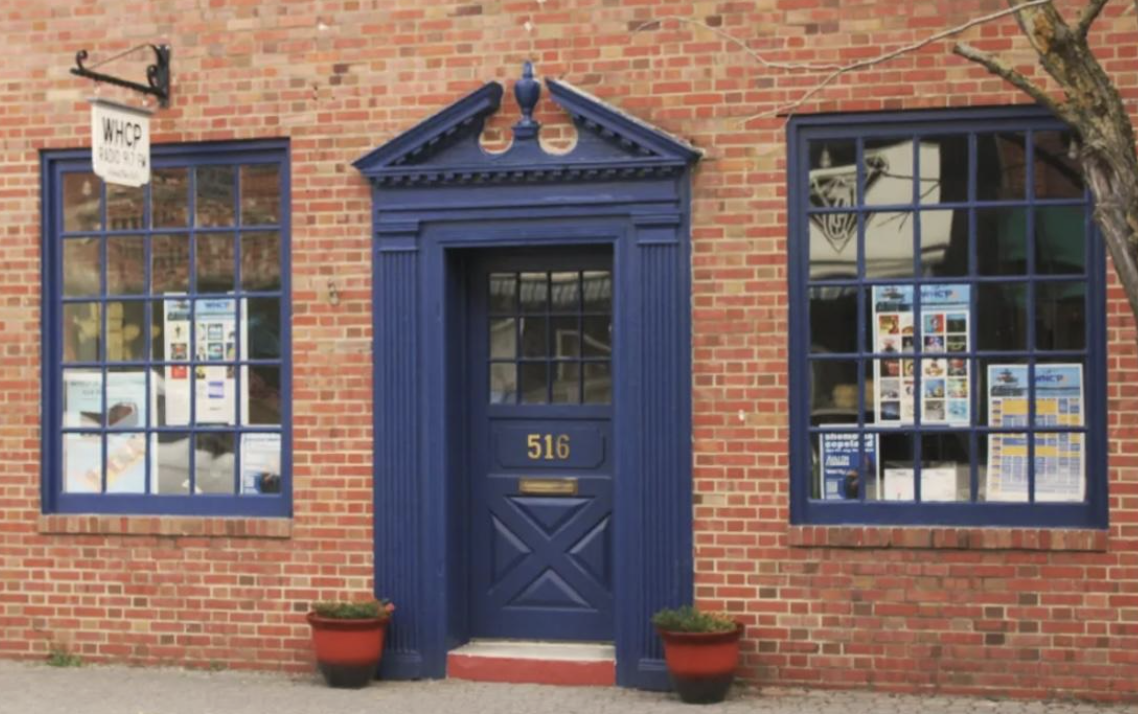 The Mid-Shore area has always been an underutilized option for serving the community at large. For the past 30 years, the area was typified by the following stations: WCEI, WCEM, WTDK, and WAAI. WINX serves St. Michaels and Easton and is affiliated with WCEI.
The Mid-Shore area has always been an underutilized option for serving the community at large. For the past 30 years, the area was typified by the following stations: WCEI, WCEM, WTDK, and WAAI. WINX serves St. Michaels and Easton and is affiliated with WCEI.
